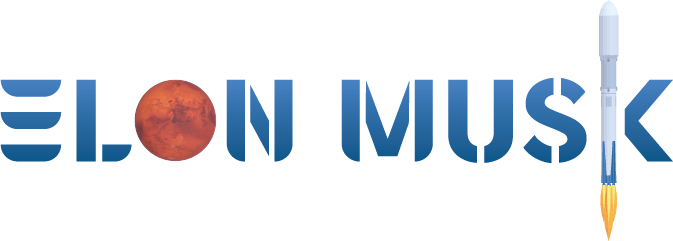
How Shubhanshu Shukhla’s Dragon spacecraft docked with ISS
- by The Indian Express
- Jun 26, 2025
- 0 Comments
- 0 Likes Flag 0 Of 5

Updated: June 26, 2025 20:34 IST
5 min read | ISRO Docks SpaDeX Satellites in Space: What was done and how – and why does it matter?
In the case of the ISS, which orbits Earth at an altitude of more than 400 km, the procedure takes place while both the space station and the approaching vehicle are travelling at speeds of around 27,000 km/h.
Till date, only four countries — the US, Russia (and the erstwhile Soviet Union), China, and most recently, India — have demonstrated the capability to carry out space docking.
The process
Docking is not a single manoeuvre — it comprises tens of minute but essential manvouvres which eventually result in two spacecraft coming together. While specifics may differ depending on the spacecraft involved, here’s a broad overview. Note that nowadays, the docking process is completely autonomous (although manual overrides do exist).
Story continues below this ad
RENDEZVOUS:
The first stage of the process is aligning the orbits of the spacecraft and the ISS. This is done over the course of many hours, through a number of thruster burns that slowly align the approaching vehicle’s orbit to the ISS.
The SpaceX Dragon is equipped with 16 Draco thrusters placed across the spacecraft, each capable of producing 90 pounds of force in the vacuum of space which helps propel it to the desired trajectory and adjust its orientation. Its last major burn, which lasts one-and-a-half minutes, is conducted while the vehicle is 7.5 km from the ISS (horizontally).
This puts the Dragon on a rough trajectory towards the docking port of the spacecraft — only very precise, minor adjustments need to be made here on.
FINAL APPROACH:
After getting in a range of a few hundred metres to the ISS, the approaching vehicle enters what is known as the “final approach corridor”. Here, laser ranging and thermal imagers provide precise measurements of distance and alignment to the docking port, which is then processed by a suite of onboard computers to make minor adjustments to the spacecraft’s trajectory, if needed.
Story continues below this ad
The final approach sees the vehicle crossing multiple checkpoints at each of which the health of various systems and the status of the approach are assessed and a decision is made whether to move forward or abort the mission. (Abort sequences are pre-programmed, and as such, only a command to abort the mission must be given).
For the Dragon, the final checkpoint — “Waypoint 2” or WP-2 — is only 20 m from the ISS. At this point, the Dragon can hold its position (relative to the ISS) if needed. At a distance of less than 5 m from the docking port (roughly 25 seconds to docking), there’s what in ISS lingo is known as the CHOP (Crew Hands Off Point): there is no scope for manual intervention beyond this point, and an abort sequence, if needed, will be automatically triggered by the capsule itself.
Also Read
Please first to comment
Related Post
Stay Connected
Tweets by elonmuskTo get the latest tweets please make sure you are logged in on X on this browser.






 Energy
Energy


















